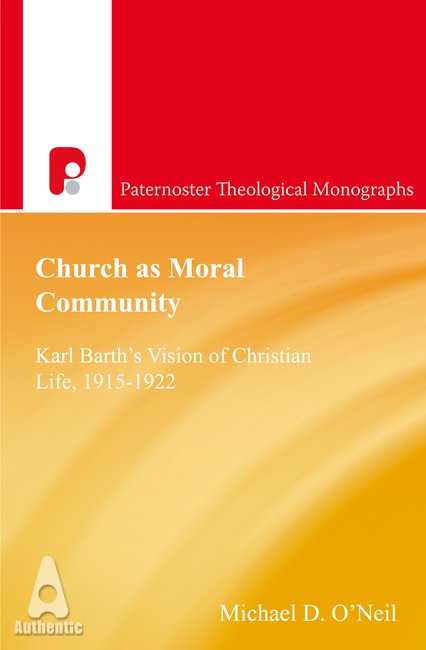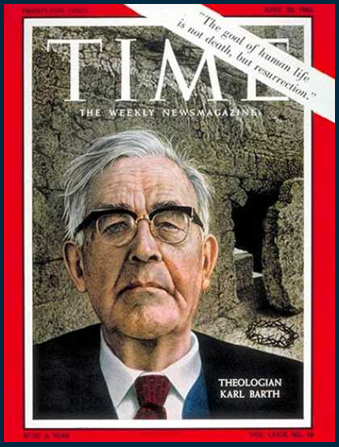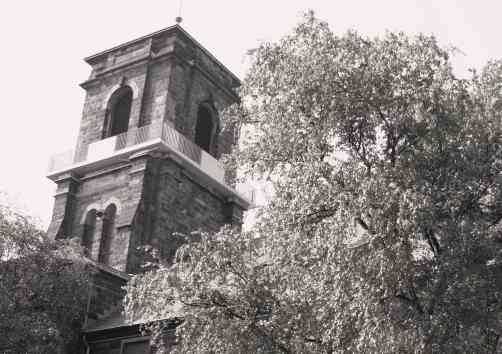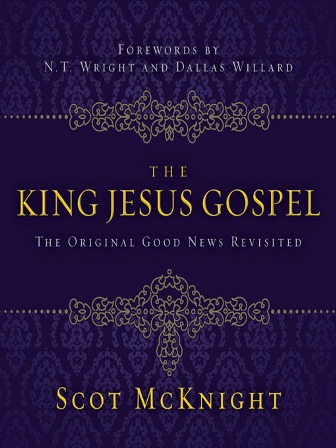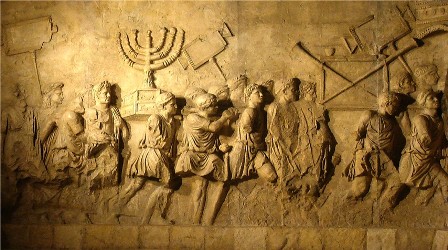
James 2:2-3
For if a person with gold rings and in fine clothes comes into your assembly, and if a poor person in dirty clothes also comes in, and if you take notice of the one wearing the fine clothes and say, ‘Have a seat here, please’, while to the one who is poor you say, ‘Stand there’, or, ‘Sit at my feet…’
James has introduced his primary point in verse one: Christian faith is incompatible with favouritism or partiality. Verses two and three form the first part of a conditional clause, a twofold protasis (the if statement), with verse four supplying the apodosis (the then statement). Together these verses provide an illustration of James’s point.
Verse two, then, presents an image of two men, one obviously rich and the other obviously poor (note that James explicitly refers to the second man as “poor” (ptōchos)). This judgement is made on the basis of their contrasting appearance: the rich man is dressed in fine clothes, wearing gold rings, while the poor is dressed in shabby clothes and has no corresponding emblems of wealth. Although the descriptions are generic, so that we cannot identify either man as either Roman or Jewish, Christian or non-Christian, Moo suggests that the description of the wealthy person might identify one belonging to the Roman “equestrian” class (81). The “fine clothes” (esthēti lampra) of the rich person suggests fabrics that are “bright” or “shining,” and so speak of luxury, elegance or even flamboyance. In contrast, the poor man’s clothing is rhypara—shabby, dirty or filthy (cf. 1:21).
Both men have come to the “assembly” (synagōgēn), a term used to denote a Jewish place of assembly for the purposes of worship and instruction. That James uses the word without the article may signal that he is referring to the people assembled rather than the building itself (Vlachos, 69). The word does highlight the Jewish character of James’s listeners, although it is likely he is referring to a Jewish Christian assembly, a position McKnight favours, noting also that James refers to your (hymin) assembly (183). Peter Davids, however, is not so sure. Davids notes that apart from this instance, synagōgēn is never used in the New Testament as a description of a Christian meeting, and so argues that in fact, the occasion envisaged by James is not a Christian meeting of worship, but a church-court, an assembly in which the two men are the litigants in the process (109). It seems most commentators are content to see this as a more generic description of visitors to a Christian worship service.
The third verse now adds another layer to the conditional clause by introducing a third party: “you,” that is, the assembly to whom James writes. Just as there are two visitors entering the assembly, so there are two responses on the part of the others present. They pay special attention (epiblepsēte) to the one dressed in fine clothing, and offer him as it were, the “best seat in the house” (hōde kalōs – “here, in this good place”). They also address the poor man, but dismissively, telling him he can “stand over there” or “sit here at my feet,” or literally, “under my footstool” (stēthi ekei ē kathou hypo to hypopodion mou). In contrast to the favoured treatment and position afforded the rich man, the poor man is humiliated and marginalised.
The scene is now set for James’s application to be delivered in verse four. Before moving to that verse, however, it is helpful to address two important issues. First, is this simply a hypothetical illustration with no basis in reality? The structure of the sentence as a conditional clause suggests a hypothetical case, but the blunt accusation of verse six (“but you have dishonoured the poor man”) also points in the direction that this, if not an actual case, is representative of the kind of behaviour that has actually occurred in the assembly. Further, Vlachos notes that the plurals used in verse three indicate that the attitude is that of the group, and not simply of the leaders or other individuals involved (70).
The second question concerns whether the men involved in this little story are Christians. While we cannot know for sure, we must note that James does not refer to the well-dressed man as “rich,” a term he often uses when referring to those who are not Christians (see, for example, 2:6; 5:1-6; see also my comments on 1:9-11). Thus it may be that James has in mind a rich Christian who is a member in the assembly. But it could also refer to a rich fellow Jew or rich gentile visiting the assembly, though one who not yet a Christian. It probably does not affect the interpretation of our passage: the members of the assembly are courting the favour of this rich person simply based on his appearance and evident wealth, and conversely, they disparage the poor man on the grounds of his appearance. In view of his principle in verse 1, for James, such behaviour is inappropriate and unconscionable.

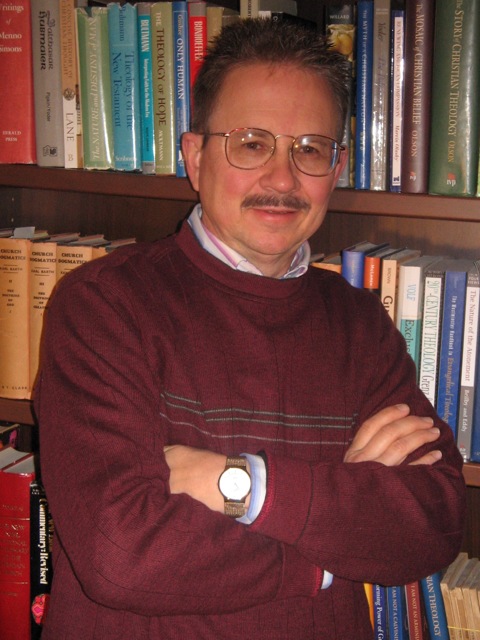
 James 1:18
James 1:18